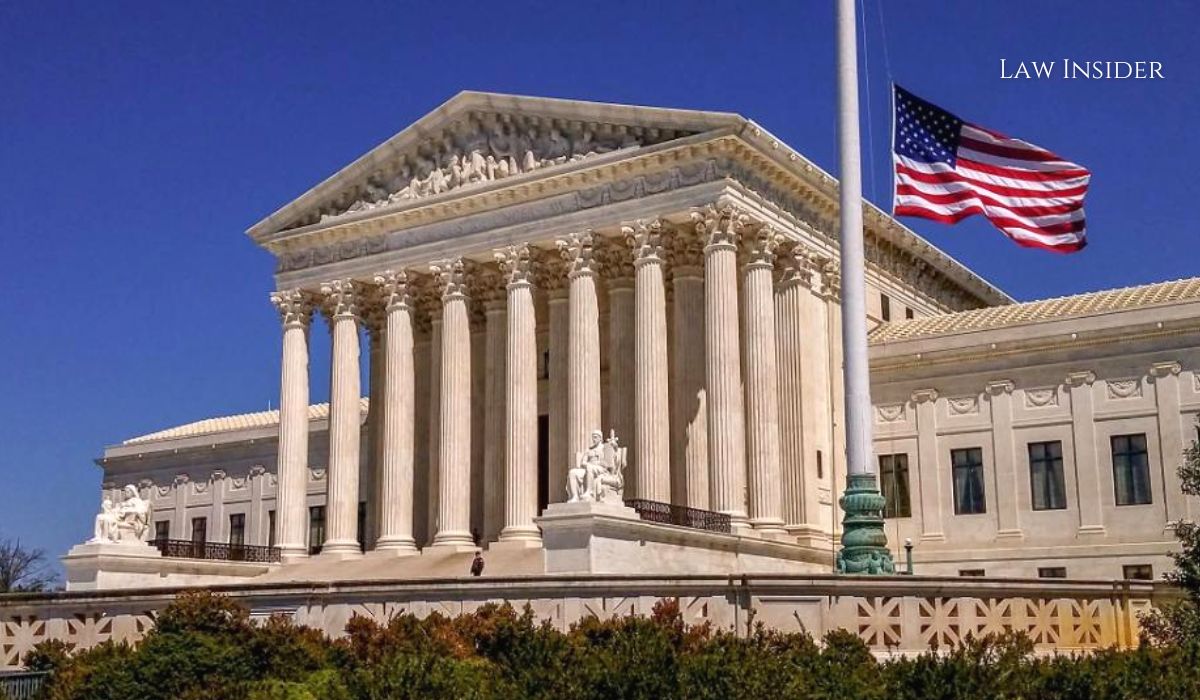LI Network
Published on: 09 July 2023 at 18:27 IST
US Supreme Court, with a 6-3 majority decision, effectively put an end to affirmative action in college admissions. The case was brought forward on behalf of Asian-American students who alleged racial discrimination based on stereotypes at Harvard University and the University of North Carolina Chapel Hill.
This ruling from the conservative court dealt a decisive blow to race-conscious admissions. However, the process of erosion began around 40 years ago, emphasizing the importance of reviewing and adjusting methods of achieving social justice to avoid perpetuating social injustice or worse outcomes. Despite the plaintiffs being Asian Americans, the ruling and dissenting opinions mostly framed the issue in terms of ‘Black-and-White,’ revealing the failure of a system designed for a binary racial perspective to address the complexities of a multi-racial reality.
Race-conscious policies were initially introduced following the landmark 1954 Supreme Court case, Brown v. Board of Education in Topeka, Kansas, aimed at desegregating schools. Affirmative action, a term introduced in a 1961 executive order by President John F. Kennedy, aimed to rectify historical disparities in education, employment, and housing resulting in generational inequality.
The 1978 case of Regents of the University of California v. Bakke, the first major challenge, stripped away the moral foundation of the policy and redefined it as a means to achieve social and institutional diversity.
Thus began a gradual unraveling. The implications of this ruling may extend beyond education and potentially dismantle affirmative action in other areas. There is a universal lesson to be learned here for all countries.
The tools used to address systemic deprivation and institutional discrimination leading to generational setbacks must be distinct from those employed to foster diversity. Failing to make this distinction risks discarding valuable progress along with its flaws.”

